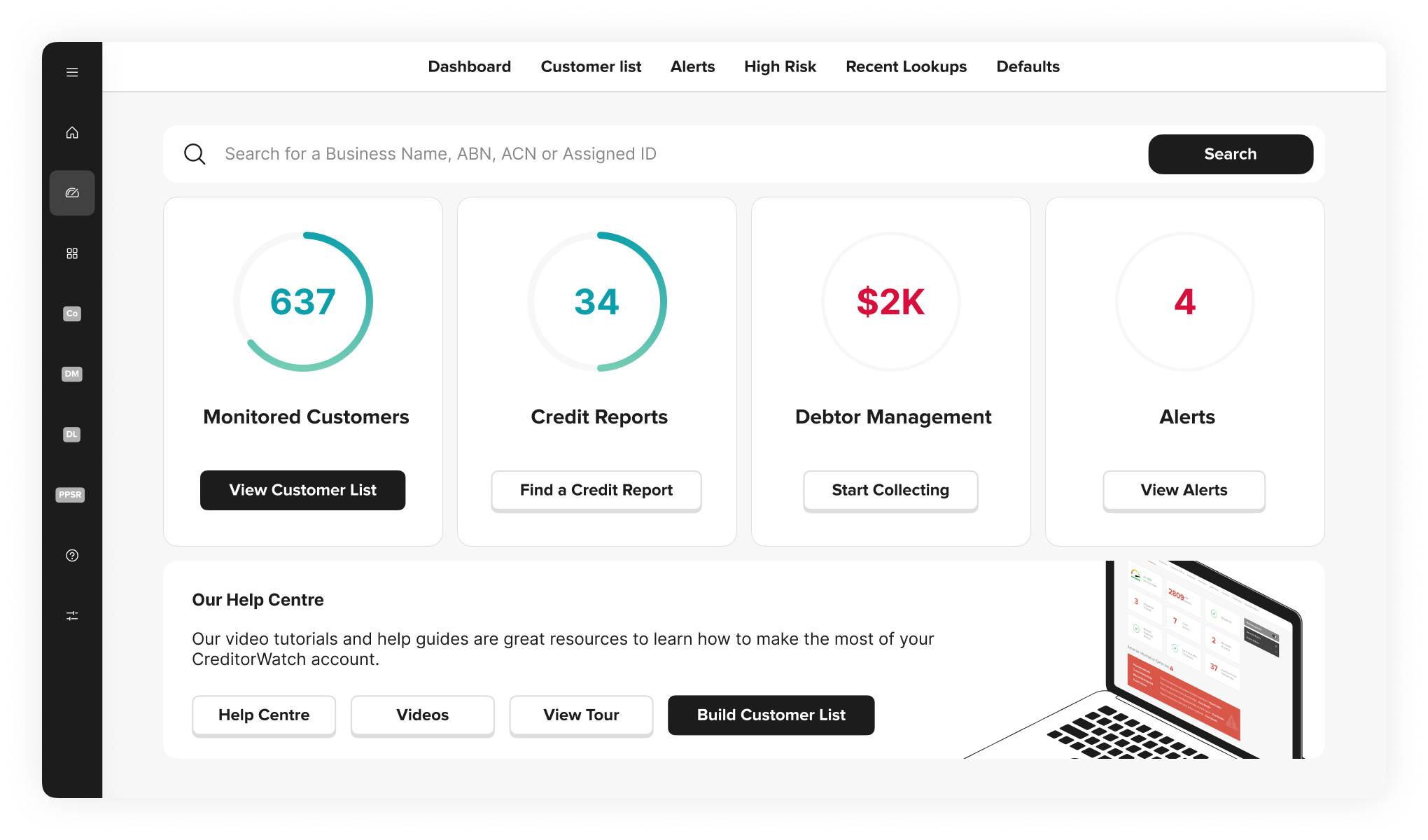
What is financial risk?
The term ‘financial risk’ refers to the potential for a loss of earnings or income. The higher the likelihood or severity of that outcome, the greater the financial risk. Businesses and individuals alike must responsibly manage their exposure to these risks to mitigate the prospects of insolvency, default or bankruptcy.
The definition of financial risk and the severity of adverse events can vary from one institution to the next. It depends on the state of your finances. How much liquidity is available to deal with adverse outcomes. What constitutes an unreasonable risk to one company may appear reasonable to another. In some respects: it depends on what you can afford to lose.
Why is financial risk important?
Businesses and individuals must balance the line between risk and reward to maximise gains. Higher-risk opportunities often advertise the potential for higher returns, although there are fewer guarantees. Playing it too safe may leave money on the table. Acting too aggressively may result in heavy losses. Astute financial risk management incorporates extensive due diligence and client verification to obtain the right mix.
For businesses, as the value of a trading relationship grows, the stakes get higher. These scenarios require further financial risk analysis and due diligence. The breakdown of one relationship could be enough to threaten a business with default or insolvency. In these situations, a full exploration of company financials using the Financial Risk Assessment from CreditorWatch may help paint a complete picture of risk exposure.
What is a financial risk manager, and what is a financial risk analyst?
A financial risk manager oversees the due diligence process for a business when assessing risk. They are responsible for the information and predictions delivered to business management or ownership. A financial risk analyst sits within such a team and conducts the research – crunching the numbers to corroborate any findings or assertions.
What are the different types of financial risk to individuals?
- Credit risk. Any credit or debt product has significant financial risk associated with late or non-payment. Failure to comply with terms and conditions may result in the loss of the property or collateral underwriting the agreement (such as a house), high levels of applied interest and court actions. If the debtor declares bankruptcy, the appointed administrator may sell further assets to compensate creditors.
- Asset risk. Another example of financial risk relates to the assets or items indispensable to your life. Any uninsured items of value may pose a serious financial risk if they are stolen or broken. For example, the loss or breakdown of an uninsured personal vehicle may have wide-ranging financial implications, including the inability to travel to work.
- Investment risk. Investments can offer high returns if you get them right but may result in heavy losses if you’re unaware of who you’re investing in or if the investments aren’t managed properly. Company marketing material will always focus on the upside of what they’re offering – it’s incumbent on the individual to assess if it all adds up. All investment opportunities carry some degree of financial risk.
- Cash flow risk. Some individuals may underestimate the risk that their employer or clients might lack the cash to pay outstanding bills or wages. This could result in a lack of personal liquidity. Business default and insolvency carry substantial risks for the individual stakeholders of that company, such as employees, in addition to associated trading partners.
What is a financial risk example for a business?
- Credit risk. As with individuals, the non-payment of debt obligations and the non-payment of debtors can have wide-ranging implications on a business’s bottom line. Any non-payment by trading partners may soon result in the company defaulting on its own debt payments. Business owners should leverage tools such as RiskScore and DebtorLogic to monitor the creditworthiness of trading partners and mitigate this outcome.
- Market risk. There are market factors that are outside of the business owner’s control that also represent financial risks. Examples include international conflicts, trade route disruptions, a market flooded with supply, and disruptive new technology. It’s vital for business owners to stay informed regarding the state of their industry to identify incoming hazards.
- Operational risk. The nature and structure of a business can also represent a type of risk. Instances of fraud, mismanagement, malpractice and technical failure are all examples of this operational risk. These all have considerable financial implications, ranging from court actions to the termination of business relationships.
- Legal risk. Cases brought against the company have inherent financial consequences because of the costs associated with legal action. Businesses must budget to cover payouts, legal fees, operational and structural changes, ASIC penalties, and other associated legal costs.
- Liquidity risk. If a company suddenly experiences a drop in revenue, the lack of available cash to continue paying overheads may pose an existential threat. Cash flow must stay at a level that allows the business to continue meeting costs. Alternatively, the company must have enough cash in the bank to carry it over until work resumes.
Protecting your cash flow
The key to managing financial risk is due diligence. Checking the creditworthiness of trading partners, monitoring their payment behaviour and implementing automated alerts will go a long way to mitigating these risks.
The credit reporting suite from CreditorWatch offers every tool your business needs to manage risk. RiskScore incorporates over 11 million monthly tradelines of data from over 55,000+ customers. The creditworthiness score from 0-850 clearly outlines who you can trade confidently with and who you can’t. All you need is their ABN or ACN to get started.
Credit checking at the outset of a relationship is a good start. Monitoring payment behaviour via your Aged Trial Balance (ATB) is another way to minimise risk. DebtorLogic streamlines the process of checking payment behaviour and probability of default. It analyses all trading partners against industry averages. As soon as any information changes, the integrated 24/7 monitoring and alerts system emails you to allow as much time as possible to respond.
Speak to our team today to learn more about managing your business’ financial risk.

Get started with CreditorWatch today
Take your credit management to the next level with a 14-day free trial.

